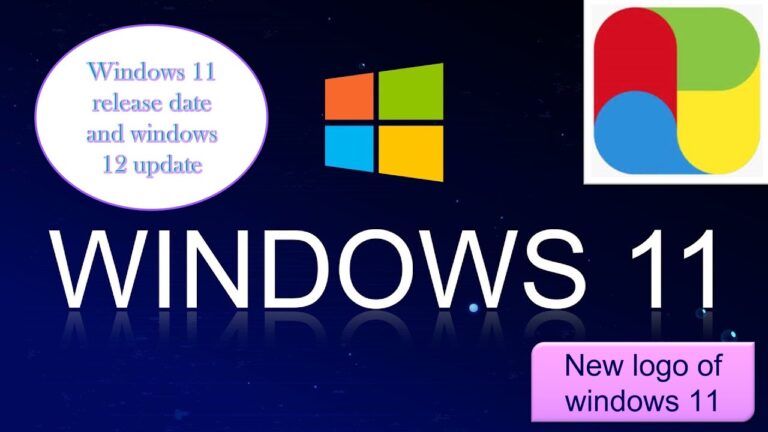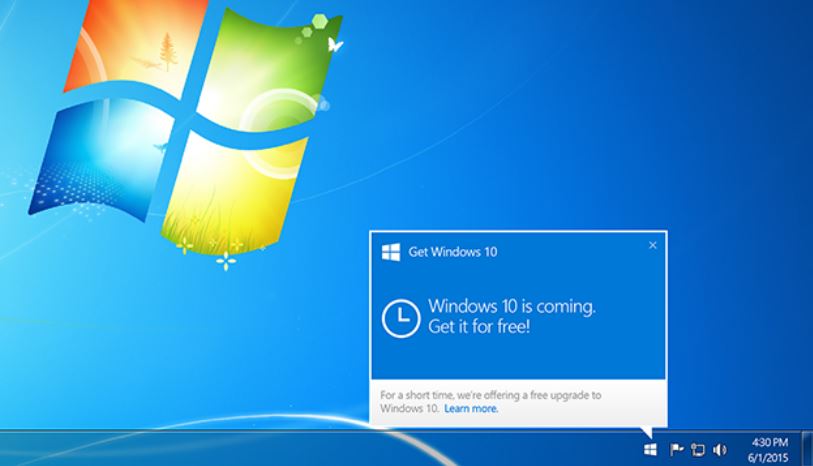

Windows 11 is also available on new PCs starting October 5 2021. Your PC must meet the following requirements to be eligible for the Windows 11 upgrade: When your PC is ready, a big popup will appear in Windows Update that will allow you to initiate the download and install process, and Windows will do the rest. Microsoft is taking a measured and phased approach to the rollout, however, meaning not everybody will be offered the update immediately. Windows 11 is now generally available as an update for eligible Windows 10 PCs. This, apparently, will be done via a new alternative route called Moments, already credited with pushing the new weather button on the Taskbar found in the newest Windows 11 updates.Īccordingly, any novel additions to the OS could become more like feature drops rather than updates in the immediate future, at least until Windows 12 eventually arrives in the next 2 years or more.Source: Microsoft (Image credit: Source: Microsoft)


Nevertheless, Microsoft will still be capable of pushing new, potentially more Windows 12-esque, features out on a more regular basis. Accordingly, as Windows 11 launched in 2021, this pushes the debut of its major upgrade back to 2024. However, a new leak on the matter purports to shoot this idea dead in the water.Īccording to WindowsCentral's sources, Microsoft has fallen short of its aim to increase the frequency of updates to 1 per year already, and has thus shifted its aspirations back down to a 3-year cycle instead. In keeping with the Redmond giant's new publicly-stated goal of 1 Feature Update per year, it has been projected to emerge as a full upgrade to version 12. The newest possible version of Windows 11 is known as 22H2 (or Sun Valley 2), with a successor (appropriately dubbed Sun Valley 3) thought to follow in 2023.


 0 kommentar(er)
0 kommentar(er)
